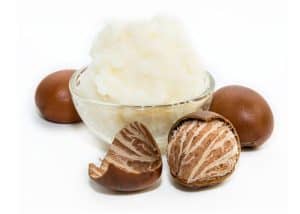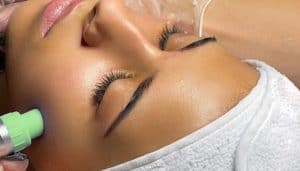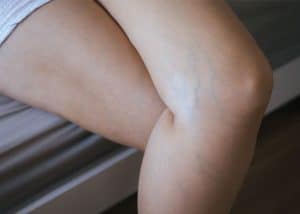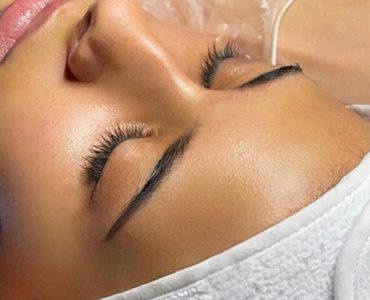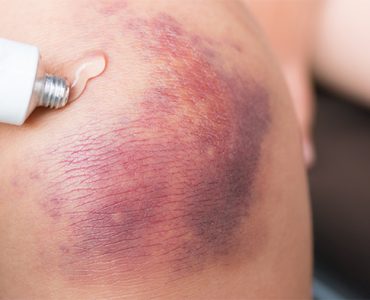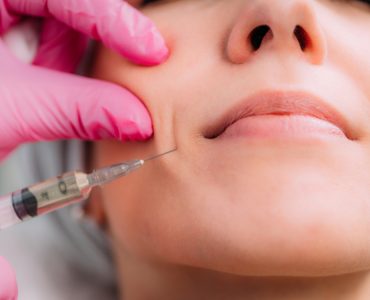With all the different types of exfoliating treatments available today, it can be quite tricky to find the right treatment that suits your skin and your specific needs. Most exfoliation procedures offer almost the same results with some variations in practice and technique. If you are searching for a fast, effective, and non-invasive exfoliation procedure with little to no recovery time, dermaplaning and microdermabrasion are two of popular options you can choose from.
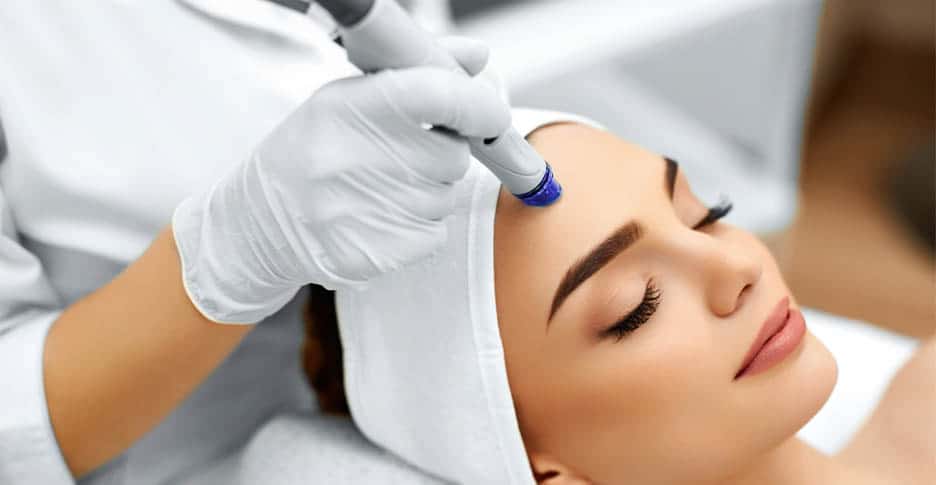
Both of them provide the advantages of advanced exfoliation that includes smooth and soft skin, a glowing and healthy complexion, and anti-aging properties. But, these two treatments still have several notable differences. Compare the difference between dermaplaning and microdermabrasion below to identify the procedure that will fit your specific needs the most.
Microdermabrasion
Microderm is considered as one of the best non-surgical treatments being used to renew and rejuvenate facial skin. You can choose from two forms of treatment namely crystal and diamond microdermabrasion.
Diamond Microdermabrasion
The more common types of microdermabrasion is diamond microderm that can gently remove the top layers of dull and dead skin cells with the use of a crushed vacuum suction wand encrusted in diamond. This treatment is dependent on how proficient the aesthetician is because they apply the manual pressure required for proper exfoliation of the skin. It can then result to a brighter complexion, smooth texture, collagen production, softening of wrinkle and fine lines, and reduction of pore size, hyperpigmentation, and acne scarring.
Read This Next:
Crystal Microdermabrasion
On the other hand, crystal microdermabrasion makes use of a vacuum machine that shoots aluminum oxide crystals at your skin for exfoliating the dead skin cells away. This type of microderm depends on how accurate the machine, which makes it less reliable and less effective at the same time.
Why Microdermabrasion is Bad?
Not everyone is recommended to get microdermabrasion. If you are suffering from certain skin conditions that can cause redness like rosacea or your skin is very sensitive and prone to redness, microderm might be too harsh for your specific skin type and might only further worsen any existing sensitivity, irritation, or redness. If this is the case, you will be better off with dermaplaning for you to be sure that you will get the results you need.
Dermaplaning
Dermaplaning is one type of exfoliation procedure wherein the aesthetician makes use of a sharp surgical blade for manual sloughing and scraping off dead skin cell build up on the face. Aside from removing the dead cells, this treatment can soften the appearance of scarring and fine lines.
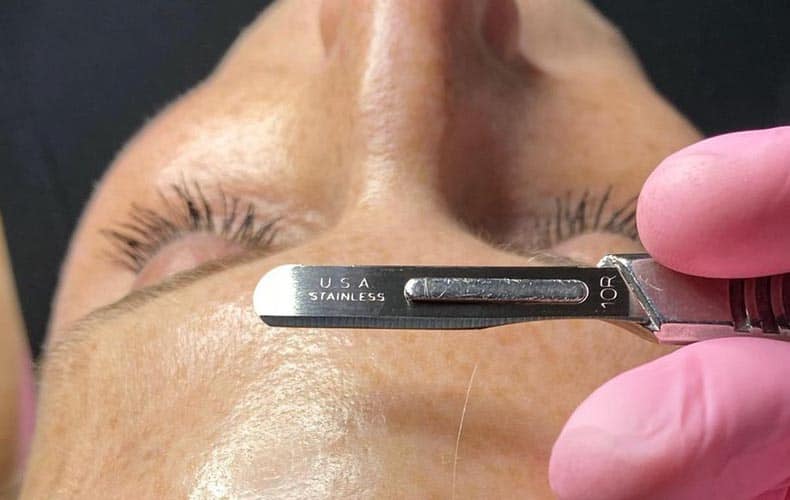
Read This Next:
How Does a Dermaplaning Work?
The concept of this treatment is similar to shaving, only that dermaplaning uses a sharp No. 10 blade. Before the procedure, a gentle cleanser will be applied to your face to soften dead skin cells for easier removal.
When the skin is dry enough, the doctor will aim the sterile blade at a 45-degree angle, and gently scrape away the hairs and other buildups that accumulated on your skin. Gliding in downward, short motions, the doctor will continue this process until the surface of your face evens out.
After the procedure, a moisturizer will be applied to soothe your skin. This is a quick and painless treatment and can be done on its own or as a part of a facial service package.
Advantages of Dermaplaning
Unlike other cosmetic services, you don’t need any downtime when you undergo dermaplane treatment. There can be occasional redness, but it will easily subside and your skin will be noticeably brighter and smoother.
Read This Next:
Claiming to clear up about three weeks’ worth of facial buildup, dermaplaning will uncover your skin’s surface so extra care is needed, especially when being exposed to sunlight. Sun damage can cause pigment blotches on your skin, which is why staying indoors for the first few days after the treatment is necessary.
Ideally, a doctor or aesthetician should administer this kind of non-invasive cosmetic procedure. Skin resurfacing treatments like dermaplaning are safer and faster when a professional performs the process.
Proven safe and effective, dermaplaning can be used for a variety of skin types, provided that you don’t have other underlying skin conditions such as active acne, cold sore, sunburn, and infection. Undergoing the treatment when you have skin issues can trigger bacterial spreading across your face that will lead to inflammation and scarring. Let your doctor know about your condition so they can give you an antiviral to avoid rashes.
Precaution before trying dermaplaning
If you have medical conditions like polycystic ovaries or other complications that have excessive hair growth as a side effect, you might also want to discuss your plan to try dermaplaning with your dermatologist to get expert advice if you should go for it.
Other than that, dermaplaning is a remarkable non-invasive cosmetic procedure to try for effective and safe skin care treatment.


